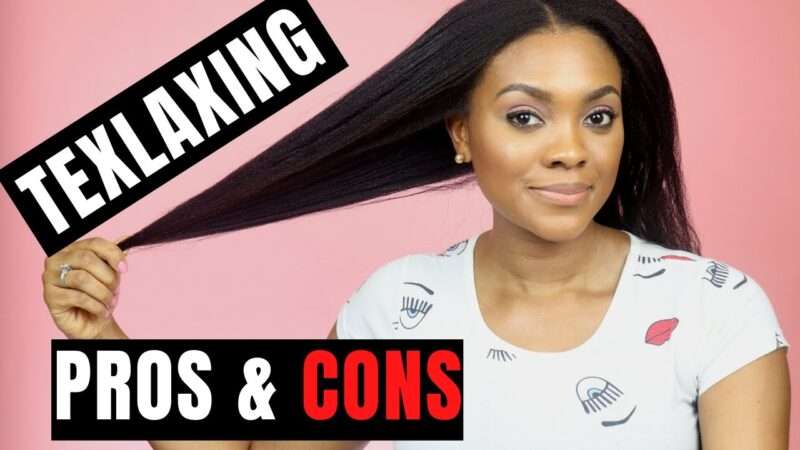Texlaxing for Natural Hair: A Guide to Achieving the Best of Both Worlds
For many naturals, the struggle is real. We crave the freedom and beauty of our natural texture, but sometimes we also miss the ease and manageability of relaxed hair. Enter texlaxing, the sweet spot between the two, offering a unique solution for those seeking a happy medium.
What is Texlaxing?
Texlaxing is a process that involves applying a relaxer at a lower strength or for a shorter time than a traditional relaxer. This results in a subtle loosening of the curl pattern, leaving hair more manageable and less prone to shrinkage while still maintaining its natural texture. Think of it as a “soft relaxer” or a “mini relaxer.”
The Pros of A Texlax Application:
- Reduced Shrinkage: A Texlax can significantly reduce shrinkage, making your hair appear longer and fuller. This is especially helpful for those with tighter curl patterns. It softens your hair giving you a more lengthy head of hair.
- Improved Manageability: Texlaxed hair is easier to comb, detangle, and style than fully natural hair. This can save you time and frustration in your hair routine. it makes wash day easier and styling your hair simple.
- More Styling Options: Texlaxing opens up a wider range of styling possibilities, allowing you to experiment with braids, twists, bantu knots, and even looser curls and waves.
- Less Breakage: Texlaxed hair is less prone to breakage than fully relaxed hair, as the relaxer is not as strong. This can help you retain length and maintain healthy hair.
- Natural Look: Texlaxing can give your hair a more natural look than a traditional relaxer, as the curl pattern is still visible.

The Cons of A Texlax Application:
- Commitment: This type of hair treatment requires regular touch-ups, typically every 3-6 months, depending on your hair growth rate and desired curl pattern.
- Cost: Texlaxing can be more expensive than maintaining fully natural hair, as it requires salon visits and additional products.
- Chemical Processing: Texlaxing is still a chemical process, and there is a risk of damage if not done correctly. It’s important to choose a qualified stylist experienced in texlaxing natural hair.
- Not for Everyone: Texlaxing may not be suitable for everyone, especially those with very fine or fragile hair.
Before You Texlax:
- Do your research: Talk to your stylist about texlaxing and whether it is right for you.
- Consider your hair type and goals: This type of hair straightening process works best on certain hair types and for specific goals. Be clear about what you want to achieve.
- Find a qualified stylist: Choose a stylist who has experience with texlaxing natural hair.
- Do a strand test: This will help you determine how your hair will react to the relaxer.
Maintaining Texlaxed Hair:
- Use a deep conditioner regularly: Texlaxed hair needs extra moisture to prevent dryness and breakage.
- Use a protein conditioner occasionally: Protein helps strengthen the hair and prevent breakage.
- Avoid heat styling: Heat can damage texlaxed hair. If you must use heat, use a heat protectant spray.
- Trim your ends regularly: Trimming your ends will help prevent split ends and keep your hair healthy.

Texlaxing can be a great option for those who want the best of both worlds – manageable hair with a natural look. Just be sure to do your research, choose a qualified stylist, and follow a proper hair care routine to keep your hair healthy and happy.
Bonus Tip: Consider using natural relaxers or low-manipulation styles to minimize chemical processing and maintain the health of your texlaxed hair.
Remember, there is no right or wrong way to wear your hair. Choose what makes you feel confident and beautiful!
